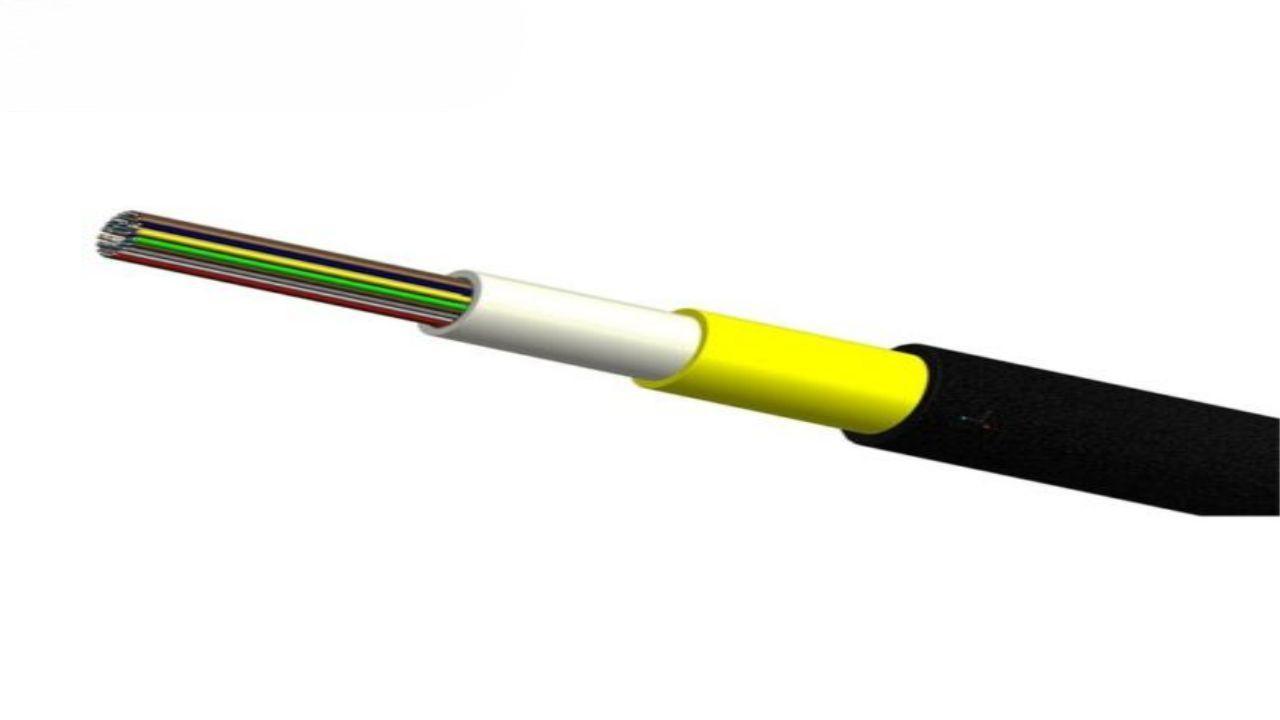Today’s digital world operates at an unfathomable speed, largely attributed to a technology that uses pulses of light to transmit information: fiber optics. But what makes these fiber optics products capable of supporting this high-speed data transmission? Let’s delve into the fascinating principles and mechanisms that drive these technological marvels.
Light Propagation: The Journey of a Photon
The operation of fiber optics is based on the fundamental principles of optics, particularly light propagation and total internal reflection. In a fiber optic cable, the core, which is a thin strand of glass or plastic, acts as the medium for light to travel.
Total internal reflection is the phenomenon that allows light to stay confined within the core. When light strikes the boundary of the core and the surrounding cladding (made of a different type of glass or plastic), it is reflected back into the core as long as the angle of incidence exceeds a certain value called the critical angle.
This process repeats, allowing light to effectively ‘zig-zag’ its way along the fiber, carrying information from one end to the other. This theory underpins all fiber optics products, whether for transmitting internet data or delivering a surgeon’s laser beam.
Fiber Optics Components: The Pillars of Performance
A typical fiber optics system consists of three key components:
Transmitter: It generates the light signal, converts electronic data into optical data, and injects this light into the optical fiber.
Optical Fiber: The medium for light propagation. The quality of the fiber determines how efficiently and accurately data can be transmitted.
Receiver: Located at the other end, it captures the incoming light signal and converts it back into electronic data.
In addition, there are other elements such as connectors and couplers, which serve to link fibers and distribute signals, respectively.
Signal Conversion and Amplification: Ensuring Clarity
Given the potential for signal loss over long distances due to attenuation, two vital processes, conversion, and amplification, are employed.
Optical transmitters convert electrical signals into optical ones, using a device called a light source. This is typically a laser or a light-emitting diode (LED). At the receiving end, the optical signal is converted back to an electrical signal by a photodetector.
Amplifiers, on the other hand, boost the power of optical signals to ensure they can cover long distances without losing their integrity. The most common type used is the Erbium-Doped Fiber Amplifier (EDFA), which can amplify a wide range of wavelengths simultaneously.
Transmission Modes: The Channels of Communication
Depending on the requirements, fiber optics systems can operate in two modes: single-mode and multi-mode.
Single-mode fibers have a small core diameter and allow only one light path or mode. This eliminates any distortion caused by overlapping light pulses, enabling long-distance transmission at high speeds.
Multi-mode fibers, with a larger core diameter, allow multiple light paths. This results in different light rays reaching the receiving end at different times, causing dispersion. However, they are cost-effective for short-distance transmissions.
Conclusion: The Technical Marvel of Fiber Optics
Fiber optics products have revolutionized digital communication through their ability to transmit data at high speeds over long distances. Their operation, intriguingly simple yet remarkably effective, relies on fundamental principles of light propagation, intricate components working harmoniously, and different transmission modes catering to diverse needs.
As we continue to push the boundaries of digital technology, fiber optics stand as a testament to how a deeper understanding of science and engineering can lead to impactful, real-world applications. It’s this blend of theory and practice that makes fiber optics a cornerstone of modern communications.
